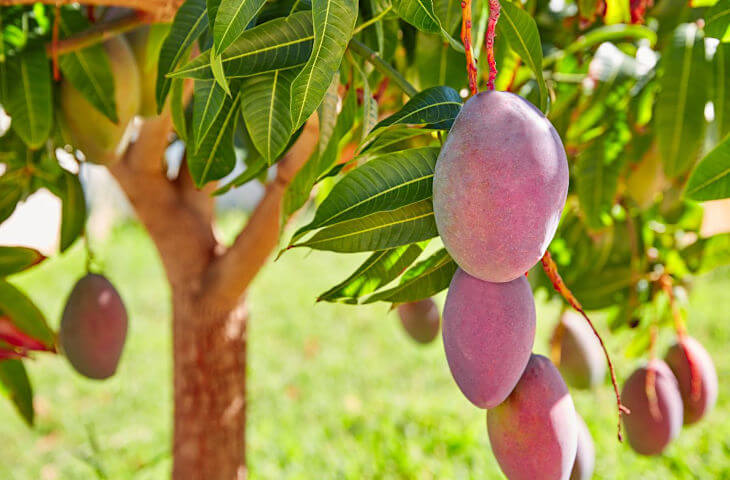-
05
Sep 2022
Mango harvest
Whereas years ago the rolling hills were covered only with olive and almond trees and vines for the Moscatel wine, the landscape in La Axarquía has changed considerably in recent years. In the hinterland of the Costa del Sol and along the Costa Tropical, mango and avocado trees have become more and more common.
These tropical trees are not found here without reason. La Axarquía is considered one of the most favourable agricultural (and living) areas of Europe. With more than 300 days of sunshine a year and average temperatures between 25 and 30 degrees in summer and 14 degrees in winter, the conditions are perfect for mangos. But this also applies to avocados, kiwis, pomegranates, tarragon fruit and cherimoyas. Fruit that you would not expect to find in Europe, but which thrive here.
The mango harvest starts in September and continues until around October ,sometimes up to early December, depending on the variety. The taste of the Spanish mango is not comparable with what we know from the supermarket. They are often flown in from India, China or Central America. The Spanish mango is often available without the intervention of many travel links and is sweet, juicy, fleshy and everything you would expect from a mango. Because there has been less water in this Spanish region in recent years, the mangoes are smaller than you are used to.
Just as apples come in many different varieties, so do mangos. One mango is definitely not like another. The better-known varieties are Tommy Atkins, Keit, Osteen and Kent.
On the mango plantations, the fruit is harvested by hand and then sold to the grower's cooperative. In this part of Spain, Trops is a well-known player, specialising in avocados and olive oil as well as mangoes. They take care of the further distribution of the fruit at home and abroad.




